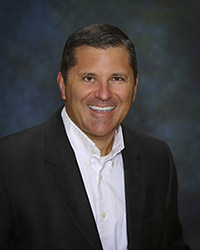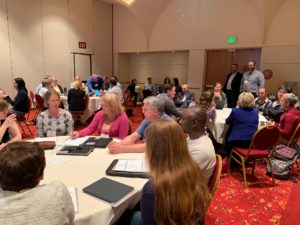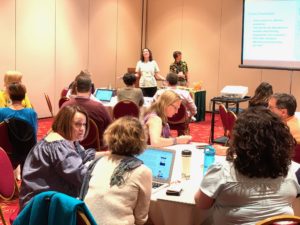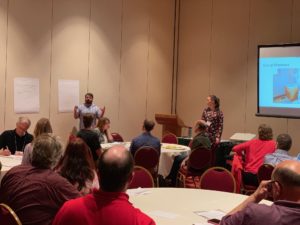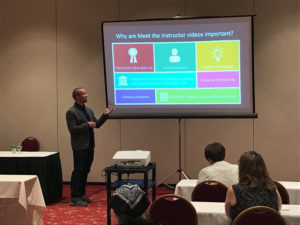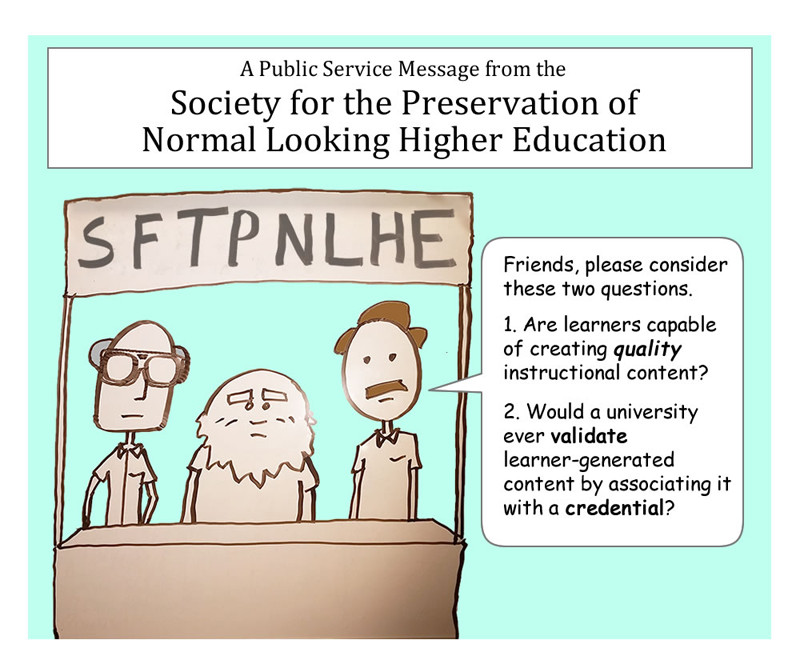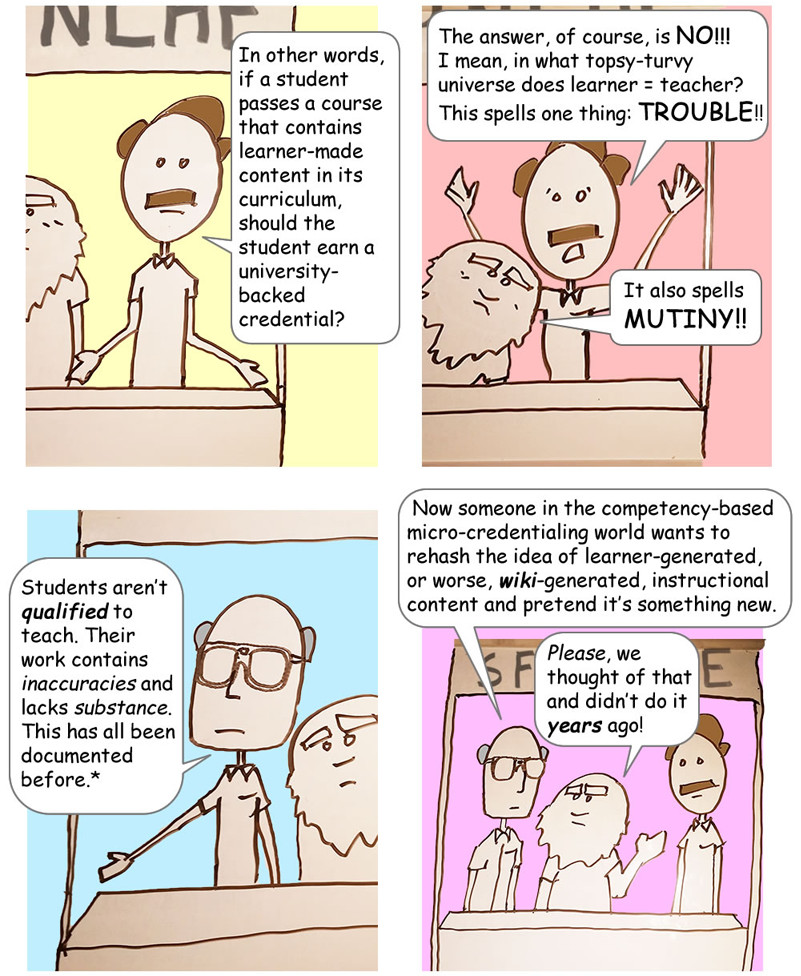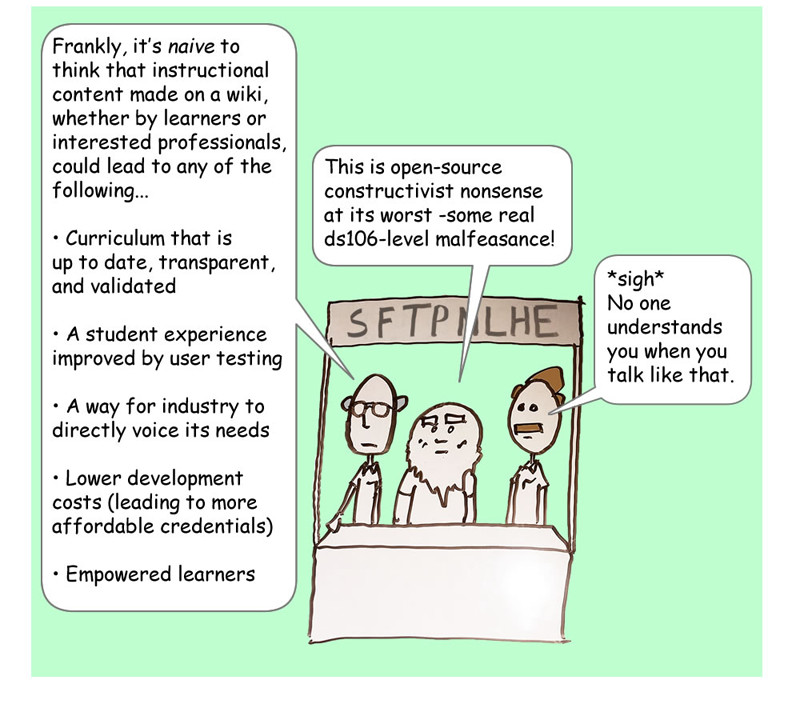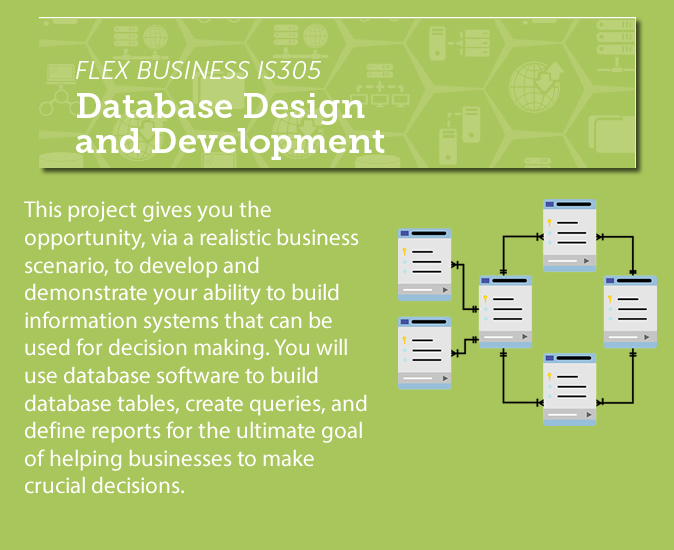Introduction
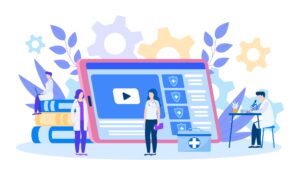 Starting in June of 2021, UW Milwaukee College of Nursing RN to BSN Flex program began a year-long OER Grant Workshop Series. OER stands for “open educational resources”, which means that subject matter experts develop content and materials or lists of content and materials for learners to retrieve and use at no expense. Through this workshop, the team learned how to recruit team members and structure content into textbook or handbook resources.
Starting in June of 2021, UW Milwaukee College of Nursing RN to BSN Flex program began a year-long OER Grant Workshop Series. OER stands for “open educational resources”, which means that subject matter experts develop content and materials or lists of content and materials for learners to retrieve and use at no expense. Through this workshop, the team learned how to recruit team members and structure content into textbook or handbook resources.
The Flex nursing team decided to focus on the transition from study to practice. Once a nurse has obtained their bachelor’s, what new opportunities do they have? How does the nurse leverage the new degree within their profession and practice? The team is still in the early phases of development, but so far, they have created a handbook consisting of five chapters about the transition to practice for RN-to-BSN nurses. After creating a detailed outline, they focused on content development for each chapter. The team has also learned about various interactive technologies which could be implemented. Ryan Anderson is lending his expertise in the area of instructional design.
Interview
Team member Nicole Marie Simonson was kind enough to provide an insider’s perspective on the project.
Can you speak a little more to the motivation behind this project, or was reducing student costs the primary motive?
[Nicole] The motivation behind this project was addressing a topic that is not readily available to students and targets this specific student population. Traditional undergrads get a transition-to-practice course for becoming bachelor’s prepared nurses, but what does that transition to practice look like in Flex? We wanted to explore this further and inform our students about the differences in nursing when transitioning from ADN to BSN. As for cost, students would not have the cost associated with purchasing a textbook.
What learning benefits will this resource provide to students? For example, do you think this handbook is more representative of real-world workplace challenges compared to an existing textbook?
[Nicole] We are unaware of a current text that addresses RN-to-BSN students and their transition to practice. This resource expands far beyond what the transition to practice is for the new nurse. They will learn about the asset of having their BSN and how to leverage the degree within their practice. They will explore additional opportunities that will open as a result of being BSN-prepared. The handbook will allow them to take what they have learned within the program and apply it to real-world situations.
What challenges have you had finding, evaluating, and selecting OERs for the handbook? How have you worked through them?
[Nicole] One challenge was selecting a topic with few existing OERs. We did have challenges in finding supporting research and literature on this topic. We found broader topics that were applicable, but little research exists about this topic specifically.
What has been the most exciting/fulfilling part of working on this project?
[Nicole] Exciting aspects are working with fellow team members— learning about their expertise and knowledge on the topic. Also, learning about how the transition to practice for RN to BSN looks different from what it would for a new nurse or nurse transitioning into a graduate degree with a more formal role. It is exciting to be part of something bigger than oneself and to work with others with similar passions and interests. The Rebus OER workshops have provided us with tools and resources that help support our success with creating our OER.
Can you share any advice or tips for faculty who want to implement OERs into their course, even if it is not to this same level?
[Nicole] Create a plan, identify your key team members. You will have additional team members along the way, but a core group is helpful as you move along. Set a timeline and goals for moving forward and a means to hold one another accountable. It is great to have team members who have varying levels of experience and perspective to add.
All of us at UW Extended Campus are excited to follow the progress of this project!
